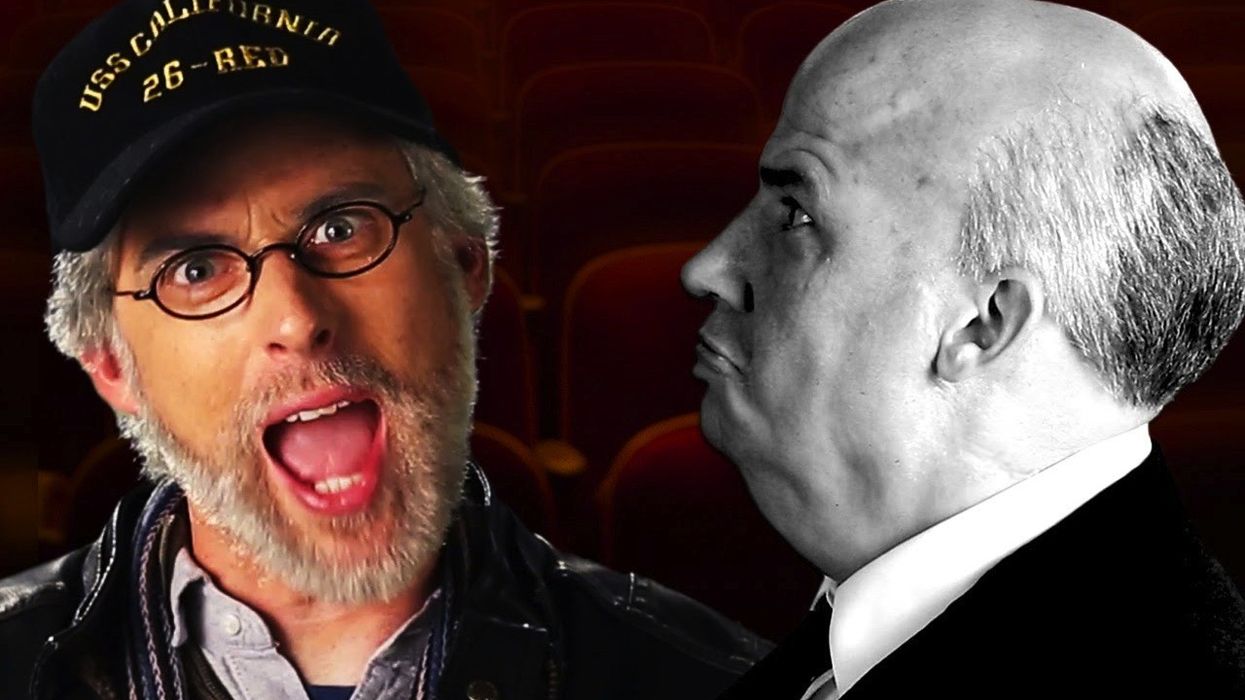5 Titans of Tinseltown Duke It out in This Episode of Epic Rap Battles of History
Spielberg vs. Hitchcock vs. Tarantino vs. Kubrick vs. Bay: Five master directors put down their cameras and pick up the mic to decimate each other in this video from ERB.

If you're an avid YouTuber (or if you're just a person with eyes, ears, and an internet connection) you've probably seen a few, if not all, of the Epic Rap Battles of History videos, which pit literary, pop culture, and historical icons against each other in a war of words. ERB has instigated clashes between the likes of Hitler and Darth Vader, Cleopatra and Marilyn Monroe, even Bob Ross and Picasso, but for cinephiles, their latest episode is truly one for the books -- and one that will surely result in a huge debate and potential blows. So, maybe don't watch it with hot-tempered, opinionated friends who hate your taste in movies -- or with anyone, because it's catchy and you probably don't want anyone watching you go there.
As you can see, nothing's safe: Spielberg selling out, Hitchcock's Best Director Oscar snubs, Tarantino's sloppy screenwriting, Kubrick's obsessiveness, and Bay's -- everything. You can actually really learn quite a bit about each of these guys just from watching the video -- good and bad. (Who wishes they were a teller at Michael Bay's bank? Me, right?!)
For those who are curious how the ERB team put this thing together, here are some BTS videos that show you a bunch of cool things, like how they shoot on a green screen, the work that goes into applying the special effects makeup, as well as how they mix their beats in ProTools.
Who do you think won the battle? (Kubrick, honey. Seeing him skid around on that big wheel gave me goosebumps.) Which directors would've been fun to see being parodied? Let us know in the comments!
Source: ERB











